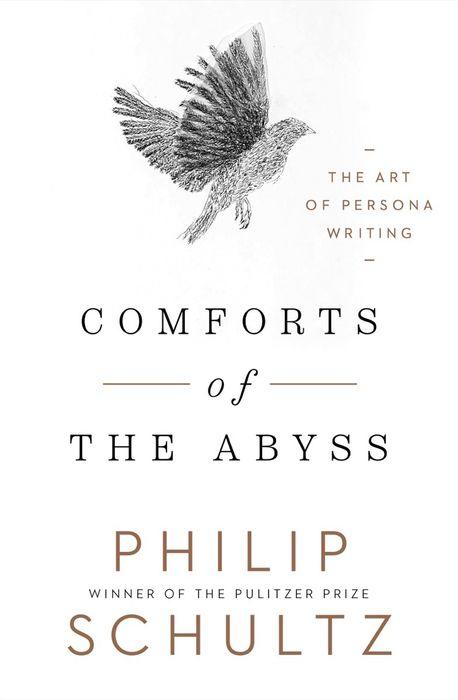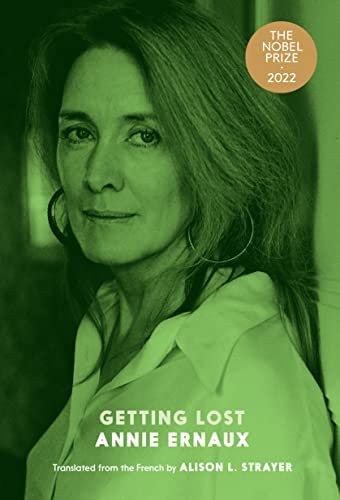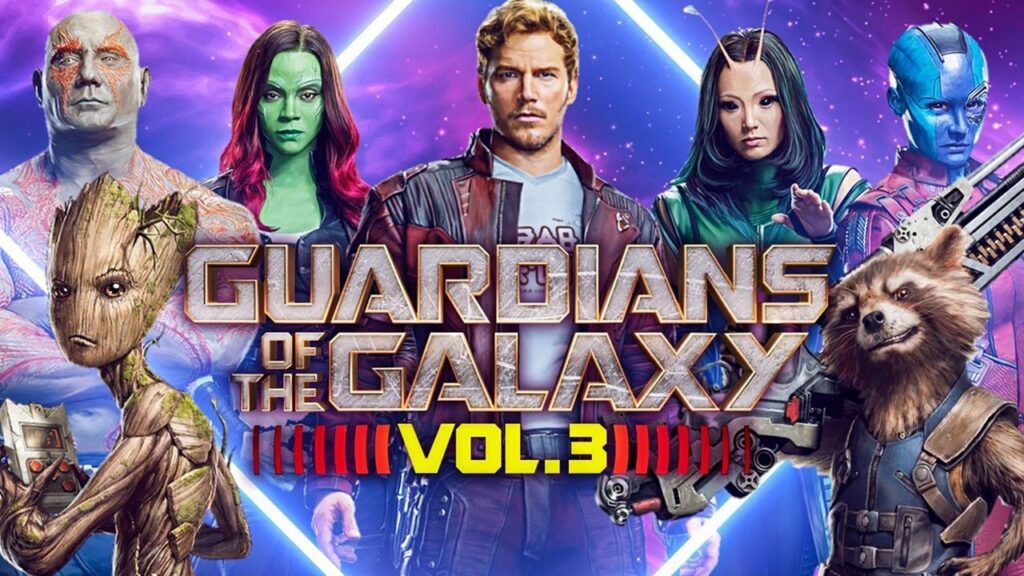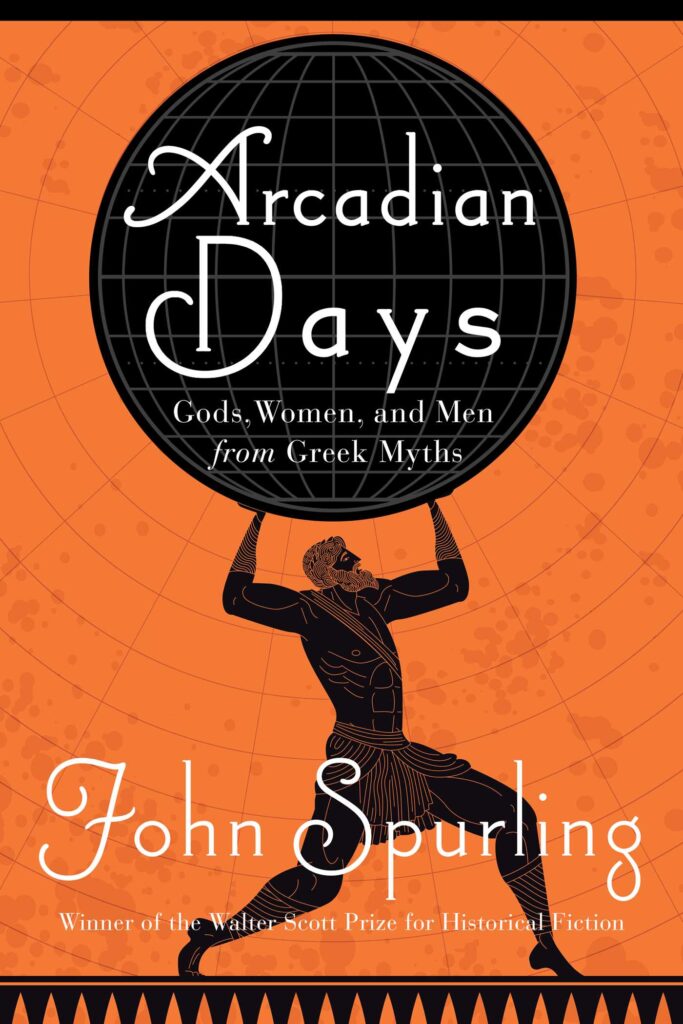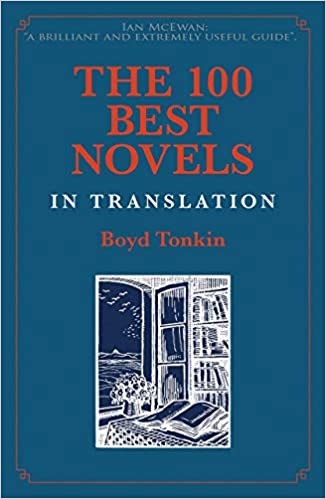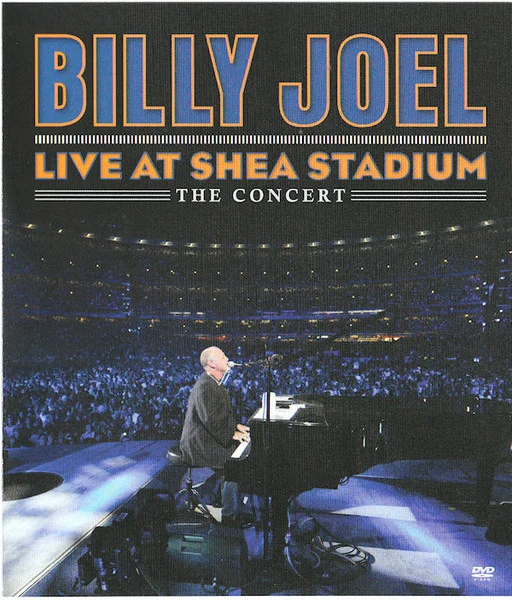
Billy Joel performed two concerts at Shea Stadium in New York City on July 16 and 18 of 2008. This DVD version was released on March 8, 2011. The film was produced by Jon Small, Joel’s former bandmate in the 1960s groups The Hassles and Attila. The film aired on PBS as part of Great Performances.
The two concerts were the last performed at Shea Stadium before it was demolished to make way for Citi Field. This DVD features guest appearances by Tony Bennett, Garth Brooks, John Mayer, Steven Tyler, Roger Daltrey, John Mellencamp, Mark Wood, and Paul McCartney.
Usually I’m not a fan of concert videos–many feature bad sound–but this DVD delivers crisp footage and clear sound. Worth a look and a listen. Are you a Billy Joel fan? GRADE: B+
TRACKLIST:
| Billy Joel– | Prelude / Angry Young Man | ||
| Billy Joel– | My Life | ||
| Billy Joel– | Summer, Highland Falls | ||
| Billy Joel– | Everybody Loves You Now | ||
| Billy Joel– | Zanzibar | ||
| Billy Joel With Tony Bennett– | New York State Of Mind | ||
| Billy Joel– | Allentown | ||
| Billy Joel– | The Ballad Of Billy The Kid | ||
| Billy Joel– | She’s Always A Woman | ||
| Billy Joel– | Goodnight Saigon | ||
| Billy Joel– | Miami 2017 (Seen The Lights Go Out On Broadway) | ||
| Billy Joel With Garth Brooks– | Shameless | ||
| Billy Joel With John Mayer– | This Is The Time | ||
| Billy Joel– | Keeping The Faith | ||
| Billy Joel– | Captain Jack | ||
| Billy Joel– | Lullabye (Goodnight, My Angel) | ||
| The River Of Dreams / A Hard Days Night | |||
| Billy Joel– | The River Of Dreams | ||
| Billy Joel– | A Hard Day’s Night | ||
| – | |||
| Billy Joel– | We Didn’t Start The Fire | ||
| Billy Joel– | You May Be Right | ||
| Billy Joel– | Scenes From An Italian Restaurant | ||
| Billy Joel– | Only The Good Die Young | ||
| Billy Joel With Paul McCartney– | I Saw Her Standing There | ||
| Billy Joel– | Take Me Out To The Ballgame | ||
| Billy Joel– | Piano Man | ||
| Billy Joel With Paul McCartney– | Let It Be | ||
| Bonus Performances | |||
| Billy Joel With Steven Tyler– | Walk This Way | ||
| Billy Joel With Roger Daltrey– | My Generation | ||
| Billy Joel With John Mellencamp*– | Pink Houses |
